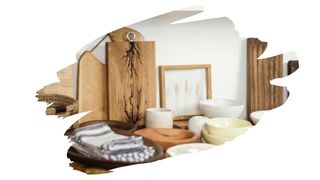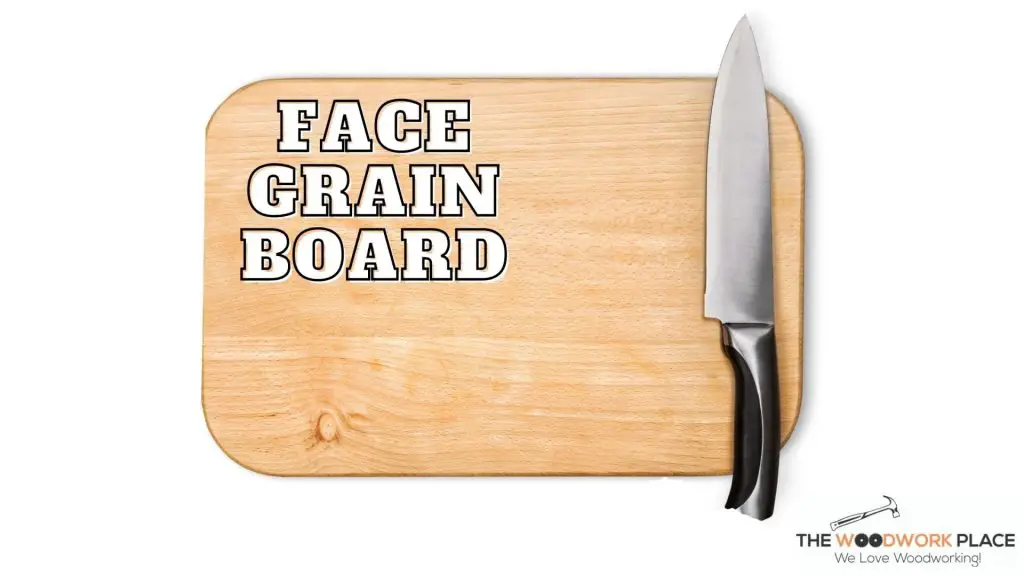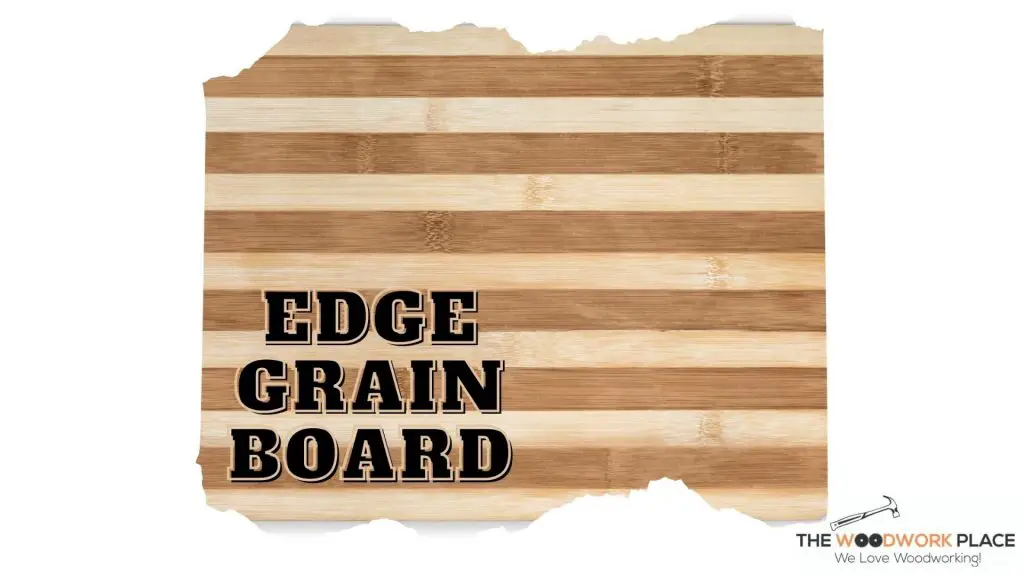Making a fantastic looking cutting board is one thing. But, making sure that the wood you’re using is right for food prep, is quite the other.
Wood, in and of itself, is a surprisingly antibacterial material. But, that doesn’t mean that all wood types are safe enough to chop, dice, and slice food on.
So, what exactly should you look out for when it comes to choosing cutting board wood? And could Padauk turn out to be the perfect choice timber for your next chopping block?
Well, in this post, you will learn what to check for when it comes to choosing ideal cutting board material. You will also discover why the grain texture of certain wood types can pose a food hazard.
And keep reading to discover what you can how to prevent Padauk wood from ‘bleeding’ color.

This post may contain affiliate links to products that we receive a commission for (at no additional cost to you). Learn more here.
So What Type Of Material Is The Best Kind For A Cutting Board?
The best types of material for a cutting board are wood, plastic, rubber, and bamboo (which isn’t technically a type of wood).
You see, a cutting board needs to be made from material that is both easy to sanitize and very durable. And based on those criteria, few materials fit the bill as well as the four listed above.
Got It…So Is Any Type Of Wood Good For A Chopping Block?
Far from it. You see, some types of wood grain textures are difficult to sanitize. For example, wood types that have large open pores, (such as Red Oak), are the hardest to keep completely clean.
This is because little bits of raw meat can become lodged in those open pores. And, once they do, they create the perfect environment for bacteria.
On top of that, you also need wood to be hard enough not to splinter under the force of your kitchen utensils.
And How Do You Find Out Exactly How Hard A Type Of Wood Is?
You can do this by checking the Janka rating of that wood species.
The Janka rating is a test that measures the amount of force it takes to dent a piece of wood. The more force it takes, the harder and tougher the wood.
Let’s take Hard Maple (aka Sugar Maple) for example.
This North American hardwood is one of the most popular timbers for cutting boards. And this is in no small part due to it’s toughness.
Related Post: Cherry Vs Maple Cutting Boards (3 Essential Comparisons)
Hard Maple has a Janka rating of 1450 lbf, meaning that it takes 1450 pounds of force to crack this timber. But, more importantly, Hard Maple’s Janka rating places it neatly within the perfect range for a cutting board.
Ideally, cutting board wood should have a Janka rating between 900 lbf and 1500 lbf.
Any lower than that, and it will splinter apart sooner rather than later. However, much higher than that, and that cutting board will end up dulling your chopping utensils.
OK. So What About Padauk Wood? Is It Right For A Cutting Board?
Well, Padauk wood is a bit too tough for your kitchen utensils.
African Padauk has a Janka rating of around 1970 lbf. And Burma Padauk is even tougher, with a Janka rating of 2150 lbf.
However, the toughness of this wood isn’t the only reason why you should skip over it for your next board.
Padauk Wood Has Large Open Pores
Here’s the thing; Padauk wood is a diffuse porous wood. What this means is that this tree’s pores are evenly dispersed (a.k.a diffused) along it’s growth rings.
Generally, diffuse-porous wood types from places like North America, (such as the Red Maple tree), have medium to small pores.
But tropical hardwoods, (such as Padauk — which comes from forests in Africa and Asia), tend to have rather large pores.
Related Post: Is Sapele Wood A Good Choice For Cutting Boards?
So, what does this all mean when it comes to cutting boards? Well, it means that the surface of Padauk wood can increase the risk of food cross-contamination.
What’s One Of Padauk Woods Biggest Disadvantages? The biggest disadvantage is probably the way Padauk woods color fades away fast, after it’s exposed to light. Padauk will turn from an orange-red color into a deep brown color, due to oxidization.
So Does That Mean Padauk Wood Should Be Avoided?
Yes…but only if you want to make an easy-to-clean face grain board designed for daily food prep.

You can still use it for making decorative cutting boards regardless of it’s open pores.
Great! So, Anything Else I Need To Know About Making Padauk Wood Cutting Boards?
If you want to use Padauk as part of an edge-grained board, then be prepared to deal with possible color bleeding.

You see, Padauk has a habit of staining the alternating light-color wood — giving them a pinkish tinge.
This is referred to as wood ‘bleeding’ color. And it can happen when Padauk sawdust covers the alternating wood, just before you apply a finish.
So How Do You Prevent Padauk Wood Cutting Boards From Bleeding Color?
The way to avoid color bleeding is to make sure you do two key things;
1). Clean Padauk Wood Before You Glue The Edges Together
This can be done using Acetone or Mineral spirits. Wipe down that Padauk timber, and cleanse away any errant dust still clinging to it.
2). Remove All Sawdust Before Applying Any Finish
After you sand your cutting board, some of the Padauk dust will inevitably settle on the alternating wood.
So, use a shop vac or dust extractor to thoroughly vacuum all of the dust off the surface. Afterwards, you can begin to apply your final finishing coat.
To Wrap Up, Here Are The 3 Key Takeaways From This Post…
- 1). Wood is an ideal material for making cutting boards. But wood species that have large open pores can increase the risk of food cross-contamination.
- 2). Padauk wood is a diffuse-porous wood with rather large open pores. Using this wood to make a face-grain cutting board will mean it’ll be difficult to keep sanitary.
- 3). Padauk wood is also a very tough hardwood. It is so tough, that it can potentially damage your chopping kitchen utensils.
